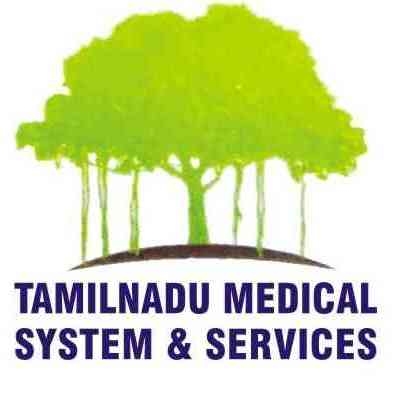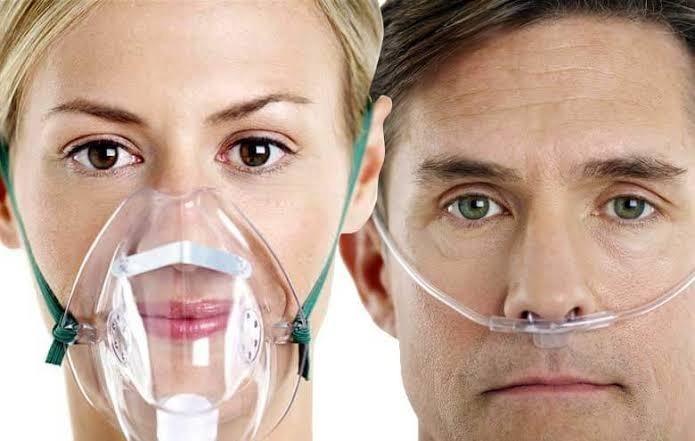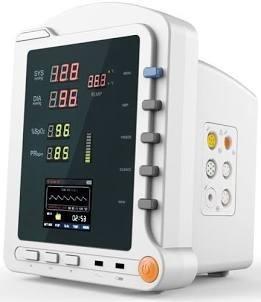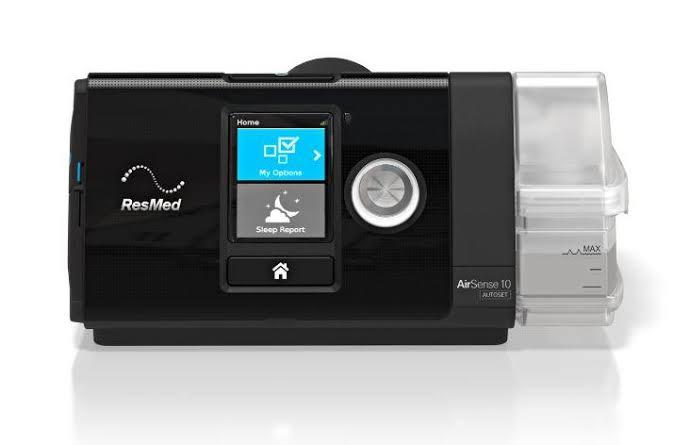Tamilnadu Medical System and Services is leading medical equipment supplies in Chennai. A nasal cannula is a medical device used to deliver supplemental oxygen to individuals who require higher levels of oxygen than what they can obtain from room air. It's a common tool used in healthcare settings, such as hospitals, clinics, and home care, to provide oxygen therapy to patients with various medical conditions. The nasal cannula consists of a flexible tube with two prongs that are inserted into the nostrils. The other end of the tube is connected to an oxygen source, which could be an oxygen concentrator, portable oxygen cylinder, or other oxygen delivery systems. The prongs rest in the patient's nostrils, and the oxygen flows through the tubing and into the nasal passages, allowing the patient to breathe in the enriched oxygen. Here are some key points about nasal cannulas: 1. *Comfort:* Nasal cannulas are lightweight and comfortable to wear. They don't cover the entire face and allow patients to talk, eat, and perform normal activities while receiving oxygen therapy. 2. *Flow Rate:* The oxygen flow rate is adjustable, and it's prescribed by a healthcare professional based on the patient's oxygen needs. Flow rates are measured in liters per minute (LPM). 3. *Prongs:* The prongs are curved to fit comfortably within the nostrils without causing discomfort or irritation. Proper prong placement is essential to ensure effective oxygen delivery. 4. *Humidification:* In some cases, especially when high-flow oxygen therapy is needed, humidification of the oxygen may be required to prevent drying of the nasal passages and irritation. 5. *Oxygen Sources:* Nasal cannulas can be connected to various oxygen sources, such as stationary oxygen concentrators, portable oxygen cylinders, and wall-mounted oxygen outlets. 6. *Patient Monitoring:* Patients using nasal cannulas may have their oxygen saturation levels monitored using a pulse oximeter, which measures the oxygen saturation of their blood. 7. *Pediatric Use:* Nasal cannulas can also be used for infants and children, with appropriate adjustments in size and flow rate. It's important to note that while nasal cannulas are a convenient and non-invasive way to administer oxygen therapy, they might not be suitable for all patients. Some individuals may require more precise control over their oxygen levels, in which case other oxygen delivery systems like masks or ventilators might be recommended. The use of a nasal cannula and the appropriate flow rate should be determined by a healthcare professional based on the patient's medical condition, oxygen saturation levels, and overall needs. Regular monitoring and adjustments to the therapy are crucial to ensure the patient receives the right amount of oxygen for their specific requirements.



